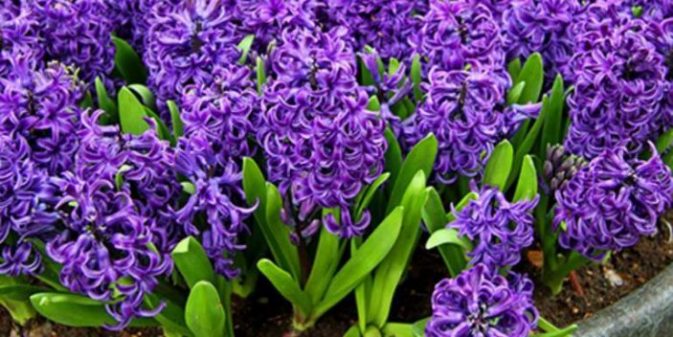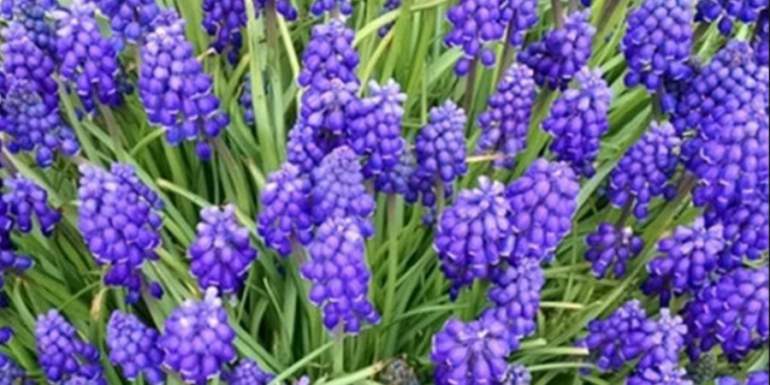Hyacinths are flowering plants that belong to the genus Hyacinthus and family Asparagaceae native to Eastern Mediterranean, i.e., northern parts of Palestine through to southern Turkey.
They have summer-blooming bright-colored fragrant flowers, making them a much sought for garden and container spring flowers. In some places, they have cultural value too.

The H. litwinovii, H. transcaspicus, and H. orientalis ( the garden, common, or Dutch hyacinth) make up their three species.
Toxic or safe?
Hyacinths are toxic to dogs. Cats, horses, pigs, cattle, and humans are no exception. While the bulb is the most poisonous part because it has a higher concentration of the various toxic agents, leaves, stems, and flowers are also not safe.
This ornamental plant is toxic since it has oxalic acids, harmful alkaloids, and allergenic lactones. These compounds are mildly poisonous, but ingesting excessive amounts will cause poisoning.
Some of the commonly noted symptoms of toxicity are excessive salvation, mouth pawing, excessive vomiting, and diarrhea that may be blood-tinged.
Also, your dog may be lethargic, weak, nauseous, anorexic, depressed as well as have breathing difficulties and colic.
Finally, there might be specific symptoms linked to the mechanism of toxicity. For instance, skin irritation, inflammation, and redness, if there is topical contact or respiratory symptoms, including allergies, wheezing, coughing, if inhaled.
Are water and grape hyacinths poisonous to dogs?
No. Unlike its Hyacinthus, Muscari or grape hyacinth is safe for dogs. You can easily distinguish it from others since it has clustered urn-shaped deep purple flowers that appear like grapes.

Similarly, water hyacinth or Eichhornia crassipes is not toxic to your canine friend.

Conclusion
Dogs may dig and ingest bulbs of this plant or even its leaves and flowers. Always ensure you fence around them or limit their access to this plant.
